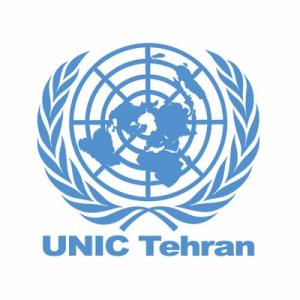UN scaling up COVID-19 response to protect refugees and migrants
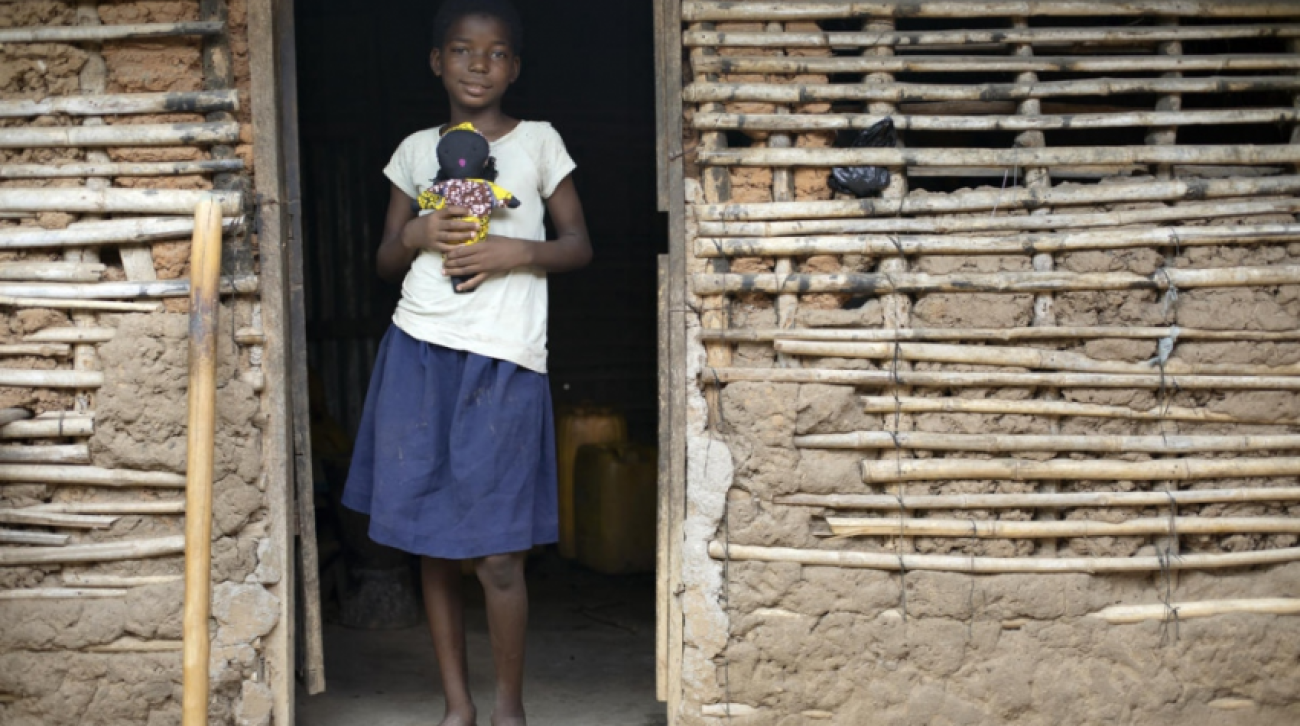
“Preventing or delaying outbreaks, particularly among the most vulnerable, is the most important action we can take right now.”
Born in the Democratic Republic of the Congo (DRC), Kituza was kidnapped one night in 2008, after rebels attacked her hometown, raped her and killed her parents. She was only 16.
“When my parents tried to help me, the rebels killed them,” says Kituza, now 25, wiping tears from her eyes and clutching a doll. “Then they took me to a forest with five other women.”
She adds that they were held for a long time in a small grass house in the forest, where they were continuously tortured and raped. “I got pregnant and gave birth there,” she says.
She eventually escaped to Mozambique and settled in Maratane, a refugee camp in Nampula province that hosts about 9,000 refugees, mainly from the DRC and Burundi.
Making Dolls
Kituza has never been to school, but she learned to make dolls from a local church group in the camp in 2018. Now, with the help of the Office of the United Nations High Commissioner for Refugees (UNHCR), she manages her doll-making business.
“Making these dolls helps me a lot and that is why I do it with all my heart,” Kituza told the refugee agency.
Around the world, people – like Kituza and her 9-year-old daughter Nadine – who have been forcibly displaced from their homes due to wars, natural disasters and other incidents are striving to rebuild their lives, holding out hope for a brighter future in which their existence will not be threatened again.
Globally, an unprecedented 70.8 million people have been forced from home, including 25.9 million refugees as well as 40.3 million people displaced inside their countries, according to UNHCR.
“Preventing or delaying outbreaks, particularly among the most vulnerable, is the most important action we can take right now.” – Chief of UNHCR’s Public Health Section
As COVID-19 spreads across continents, the United Nations and its partners are working around the clock to prevent the pandemic from wreaking havoc on these vulnerable populations who already face humanitarian crises. In cramped camp settings, measures to avoid community transmission of the virus, such as physical distancing and frequent hand-washing, would be difficult to implement.
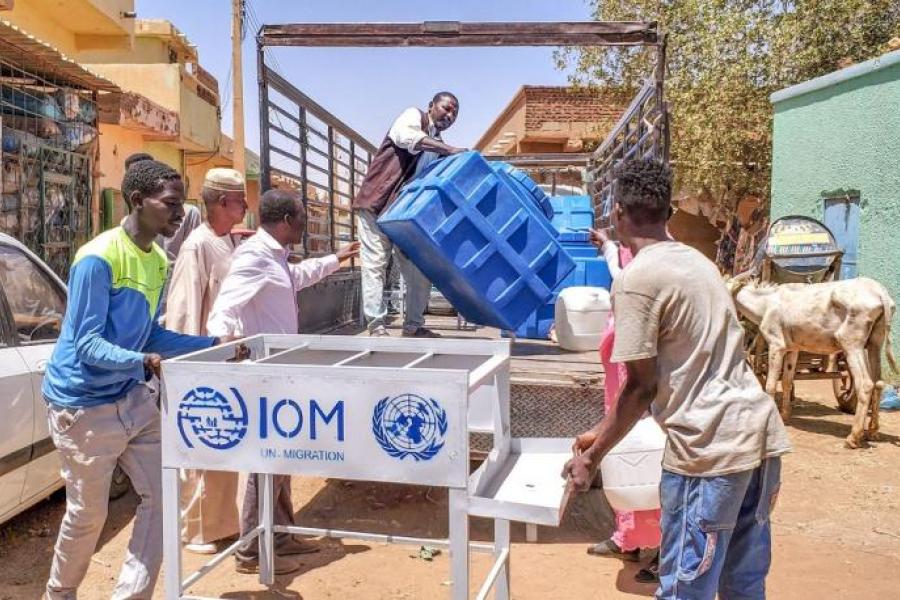
Over 80 per cent of the world’s refugees and nearly all the world’s internally displaced people are hosted in low- and middle-income countries, where health systems are mostly weak. As of 16 April, 122 refugee-hosting countries reported local transmission of COVID-19.
In Bangladesh, so far there are no confirmed cases of COVID-19 infection among the Rohingya refugee population at the time of reporting. However, both host communities and refugees in Cox’s Bazar, with a population density 1.5 times higher than New York City, are among the most at risk globally in this pandemic.
To prepare for a potential outbreak of the coronavirus in the camps, UNHCR and partners have started constructing isolation and treatment facilities, with the goal of ensuring the availability of 1,900 beds to serve both refugees and host communities in the coming weeks. Information-sharing has been expanded through a network of more than 2,000 community volunteers, religious leaders and humanitarian workers.
Refugees and internally displaced people themselves are also responding to the looming threat of COVID-19.
“Just imagine what will happen if the virus comes to the world’s largest and most congested refugee camp.” – Saidul Hoque, a Rohingya refugee in Cox’s Bazar
Saidul Hoque, a young man born in Cox’s Bazar after his family fled Myanmar, is among the roughly 860,000 Rohingya refugees in Cox’s Bazar who have been living under a complete lockdown imposed by the Government since 9 April.
Seven members of his family are sharing an 8 by 10 foot shelter, he told UNHCR staff, adding: “Everyone is asking us to maintain social distance, but how we can? It’s totally impossible for us.”
“We all know everyone is facing difficulties due to the COVID-19 pandemic, even European countries with their strong economies and advanced treatment facilities,” he said. “So just imagine what will happen if the virus comes to the world’s largest and most congested refugee camp.”
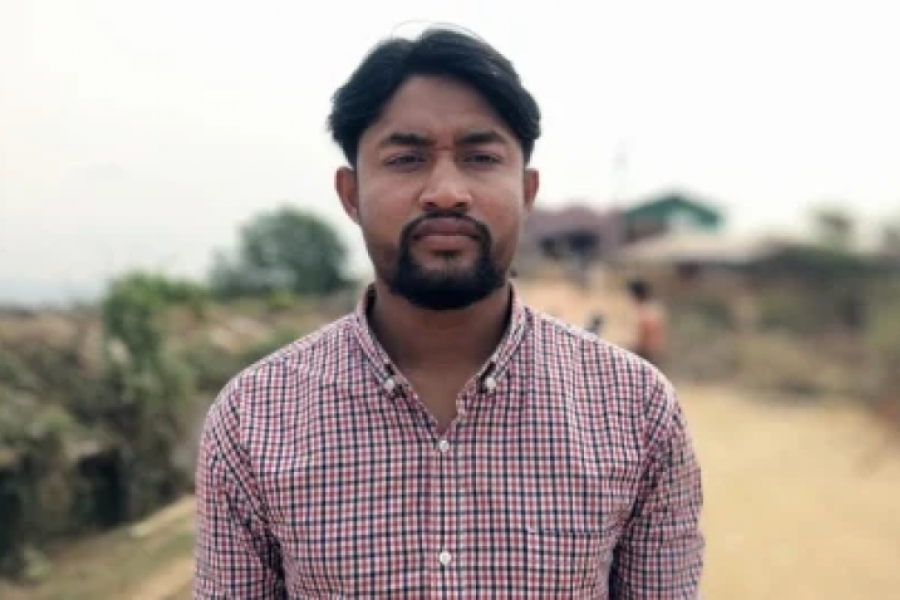
He dreams of one day becoming a journalist and co-founded the Rohingya Film School with some other refugees earlier this year to train Rohingya youth in photography and videography. Now they are using their skills to make videos in the Rohingya language about how refugees can protect themselves from the virus.
In Angola, Roger, 43, has started a blog called Histoires de Lovua (French for ‘Stories from Lovua’), together with a team of 10 refugees, to share vital information about how to stay safe in the pandemic with fellow refugees in the Lovua settlement.
“We started this blog because we wanted the world to know about our daily lives as refugees in Angola,” he explains. “But we have a bigger responsibility now and that is to share very important information on the coronavirus.”
Roger is aware that without access to credible information in a timely and structured manner, panic and fear can ensue. He and his friends are determined to do their part in creating awareness in the Louva settlement which houses some 6,000 refugees from the DRC.
Ann Burton, Chief of UNHCR’s Public Health Section, said that “preventing or delaying outbreaks, particularly among the most vulnerable, is the most important action we can take right now,” stressing that “the importance of being ready cannot be overstated” as many refugees live in host countries with some of the weakest health systems in the world.
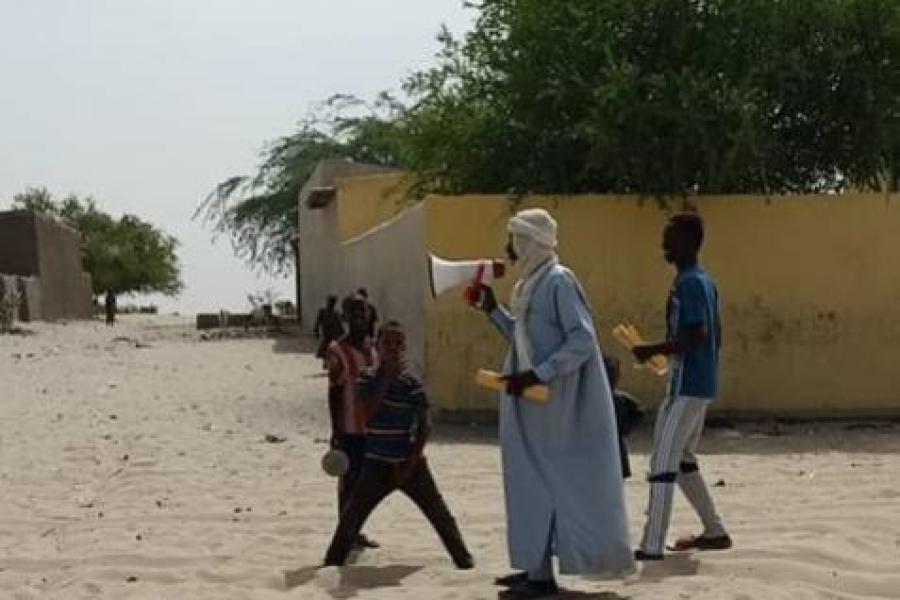
All people, especially the most vulnerable – including refugees, asylum-seekers and the stateless – must have access to health services, she said.
UNHCR is stockpiling essential medicines and medical equipment, including oxygen concentrators, and distributing soap for the general community. It has also stepped up training of staff in early identification, notification, case management and contact tracing, data collection and analysis and interpretation.
Town Criers Make the Rounds
In Chad, a landlocked country in Central Africa, more than 70 per cent of the population is rural, with many communities disconnected from radio and cell phone coverage, leaving them without critical COVID-19 information.
The International Organization for Migration (IOM) has recently partnered with local traditional town criers and troubadours to ensure that the most rural communities across the country are informed about COVID-19 transmission and preventive measures.
Over 80 troubadours have been identified through IOM networks in eight regions. They were trained and equipped with key messages to share with communities in local languages. Town troubadours traditionally move with donkeys, horses or camels from community to community sharing information related to community news.
“In various rural communities in Chad, town troubadours are seen as information custodians. As such, they can play an important role in disseminating key information in hard-to-reach areas,” said Anne Kathrin Schaefer, IOM Chad Chief of Mission.
A town crier marches through Baga-Sola on the shore of Lake Chad, a long caftan robe billowing in the dusty wind. Swinging matching megaphones he calls out to the dune-coloured structures.
“Town criers and troubadours are part of the life of this community,” he explained, adding: “Nothing happens here without me being informed and me informing others. Many women do not leave their houses during the day but when they hear me coming, they rush out to listen to me.”
Written by
